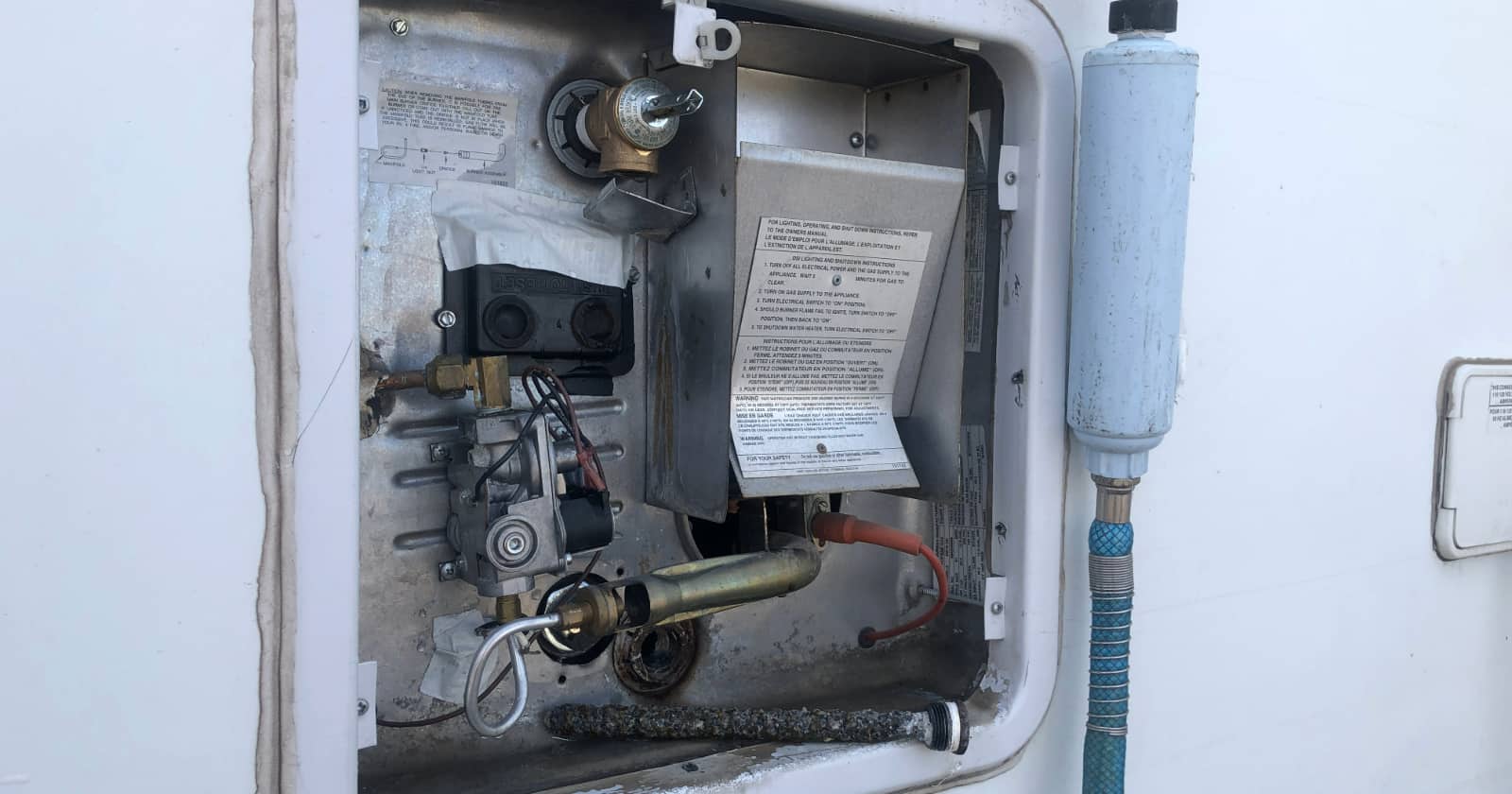As avid campers, many of us agree there’s no comparison to cooking breakfast or dinner over an open fire. However, sometimes, the rules and regulations of our camping locations restrict us from doing so. In these cases, small propane tanks become our go-to solution, perfectly complementing our camping stoves or RV setups. But what happens when these tanks run out? It’s crucial to know how to dispose of camping propane tanks properly.
These compact propane tanks are incredibly convenient, offering portability for our cooking needs. On the other hand, larger tanks can provide enough gas for extended cooking over several months. However, the challenge arises when it’s time to dispose of these tanks. Many campers are unaware of the risks associated with improper disposal, including potential fires or explosions.
To ensure you remain a responsible and eco-conscious camper, we’re here to guide you through the correct methods of disposing of camping propane tanks. This knowledge is not only essential for safety but also for preserving the beautiful environments we love to explore.
Different Types of Propane Tanks
Typically, camping propane tanks can be divided into three main categories, each with its own set of considerations for use and disposal:
- Single-Pound, Single-Use Canisters: These are the most common among campers who prefer cooking outdoors or those without integrated propane systems in their rigs. Compact and convenient, these one-pound tanks are designed for single use.
- 20-Pound BBQ Tanks: These are often found with most fifth wheels and travel trailers. Their advantages lie in their portability and refillability. A 20-pound tank has a considerable lifespan, but eventually, it may become damaged or too old for refills. When this happens, proper disposal or finding a retailer for exchange becomes necessary.
- Large Propane Tanks: These tanks are less common in the typical camping setup but are still worth mentioning. They provide a more substantial gas supply, often lasting for months.
Larger motorhomes often have a more complicated propane system featuring permanently mounted tanks. These systems are designed for refilling rather than disposal, which eases the burden of figuring out how to safely get rid of them.
In each case, whether it’s the handy single-pound canisters, the versatile 20-pound tanks, or the substantial large tanks, understanding the specific disposal guidelines is crucial. This ensures not only the safety of the camper and the environment but also compliance with regulations and laws regarding hazardous waste disposal.
Where Not To Throw Your Used Propane Tanks
The most important information here is where not to throw your old propane tanks.
Propane tanks are very pressurized and, if punctured, could cause an explosion. Propane is also a very flammable gas, so any residual contents left in the tank could start a fire. For these reasons, you should never put a propane tank in the standard garbage or recycling. And while we hope this goes without saying, you should never litter your used propane tanks.
Not only do most waste collectors have specific rules about throwing away or recycling propane tanks, but you can cause severe damage or injury by carelessly tossing your camping tanks.
How To Dispose of Camping Propane Tanks
Here’s how to properly dispose of your camping propane tanks (regardless of size).
Single-Use Camping Propane Canisters
Small camping propane tanks, typically one-pound canisters, are intended for single use. After you’ve used all the gas, these tanks cannot be refilled and must be disposed of correctly.
Before disposing of your small one-pound propane tank, ensure it’s completely empty. Even if it seems empty, a small amount of residual gas might still be inside. To exhaust any remaining propane, attach the canister to your stove and let it run until empty. Once you’re certain it’s empty, mark it with “empty” or “MT” on the exterior.
The next step is locating a disposal site. Many places have recycling programs specifically for these tanks. You might find suitable disposal options at your campsite, local camping stores, or through community recycling programs. If there’s no disposal option available at your camping location, check with local recycling centers or gas stations for guidance.
Where To Dispose of 20-Pound Propane Tanks
When RV camping, the 20-pound BBQ propane tanks are commonly used. These are often seen with fifth wheels and travel trailers for internal cooking. These tanks can be refilled or exchanged at various locations, including hardware or grocery stores.
Brand-new tanks have a 12-year certification from the date of manufacture. If in good condition, your tank may be re-certified for an additional 5 or 10 years based on the type of inspection performed by a qualified service technician.
If your tank cannot be recertified, consider an exchange program offered by many retailers. To dispose of a 20-pound propane tank, your best resource is your propane supplier. They can provide information on their exchange processes or guide you to appropriate disposal sites.
Disposing of Large Propane Tanks
For disposal of propane tanks larger than 20 pounds, it’s crucial to consult a propane supplier. Disposing of these large tanks involves specific protocols, including ensuring all gas is removed.
Handling and disposal of large propane tanks should always be left to professionals due to their size and the complexities involved.
Wrapping Up
the proper disposal of propane tanks, whether they are small single-use canisters, the more substantial 20-pound tanks, or even larger sizes, is not only a matter of environmental responsibility but also a critical safety concern. By understanding the specific disposal guidelines for each type of tank, campers and RV enthusiasts can play a vital role in preventing potential hazards and preserving the natural beauty of our camping environments.
Remember, always check for residual gas in small canisters and follow the certification and disposal guidelines for larger tanks. When in doubt, consult with professionals or local authorities. By doing so, you contribute to a safer, cleaner, and more sustainable outdoor experience for everyone.
Let’s continue to enjoy the great outdoors while respecting the environment and prioritizing safety in all aspects of our camping adventures.
Continue reading: How To Detect A Dangerous RV Propane Leak



